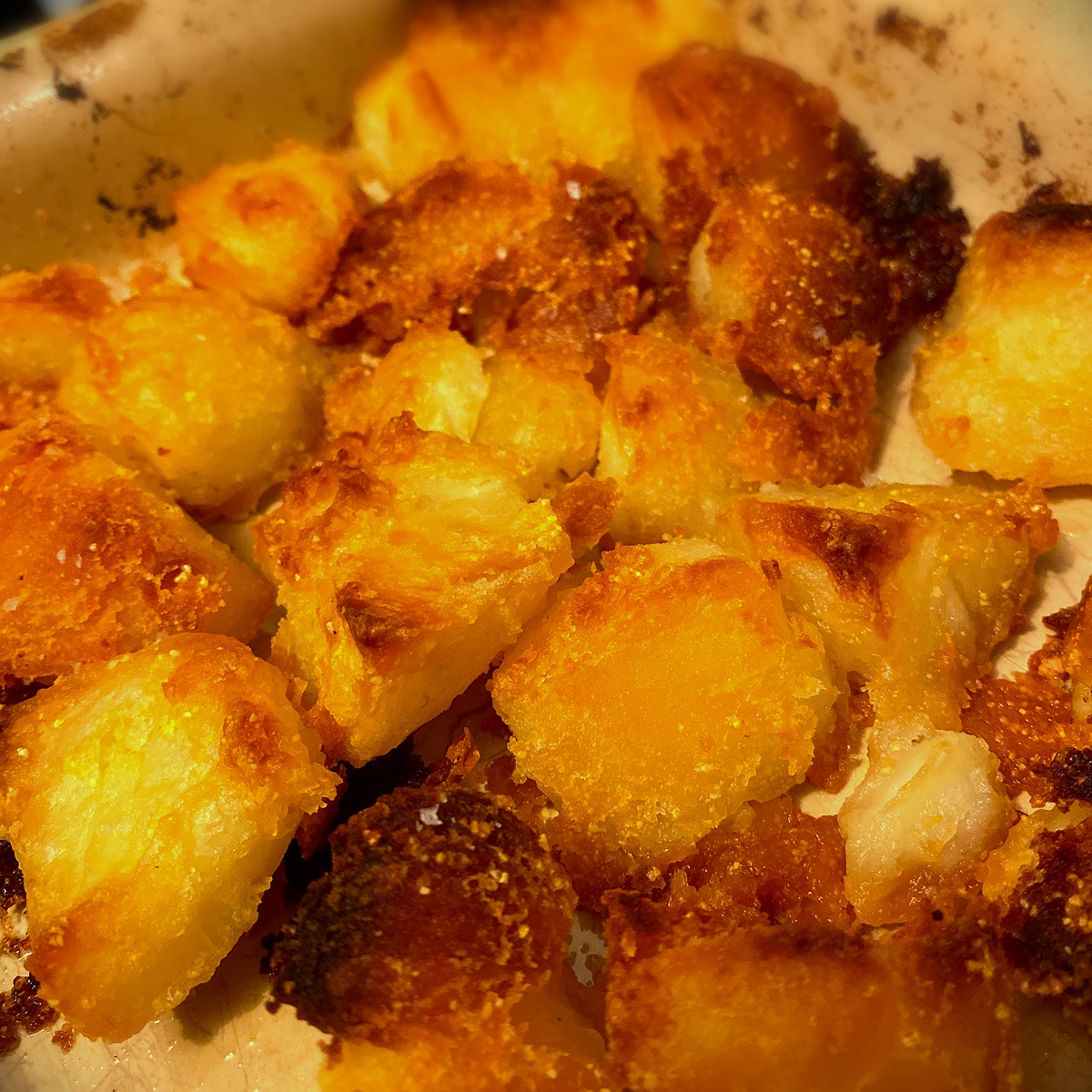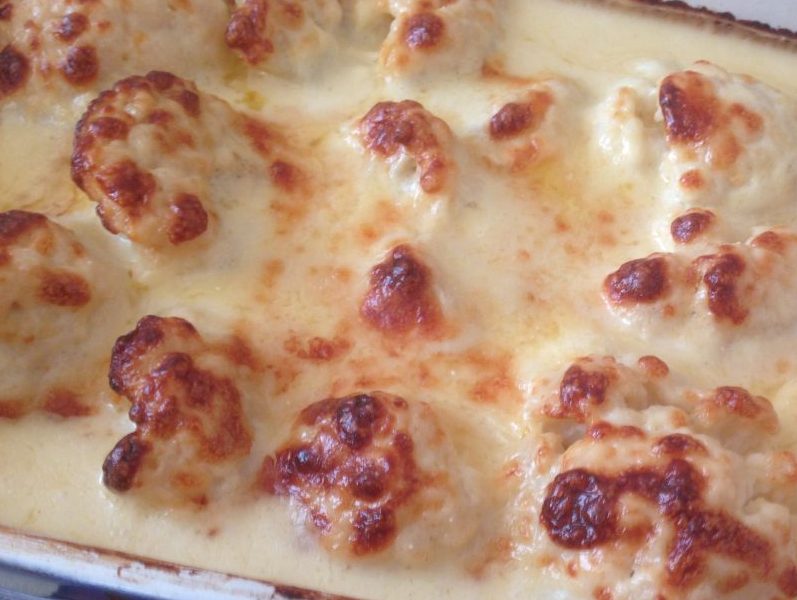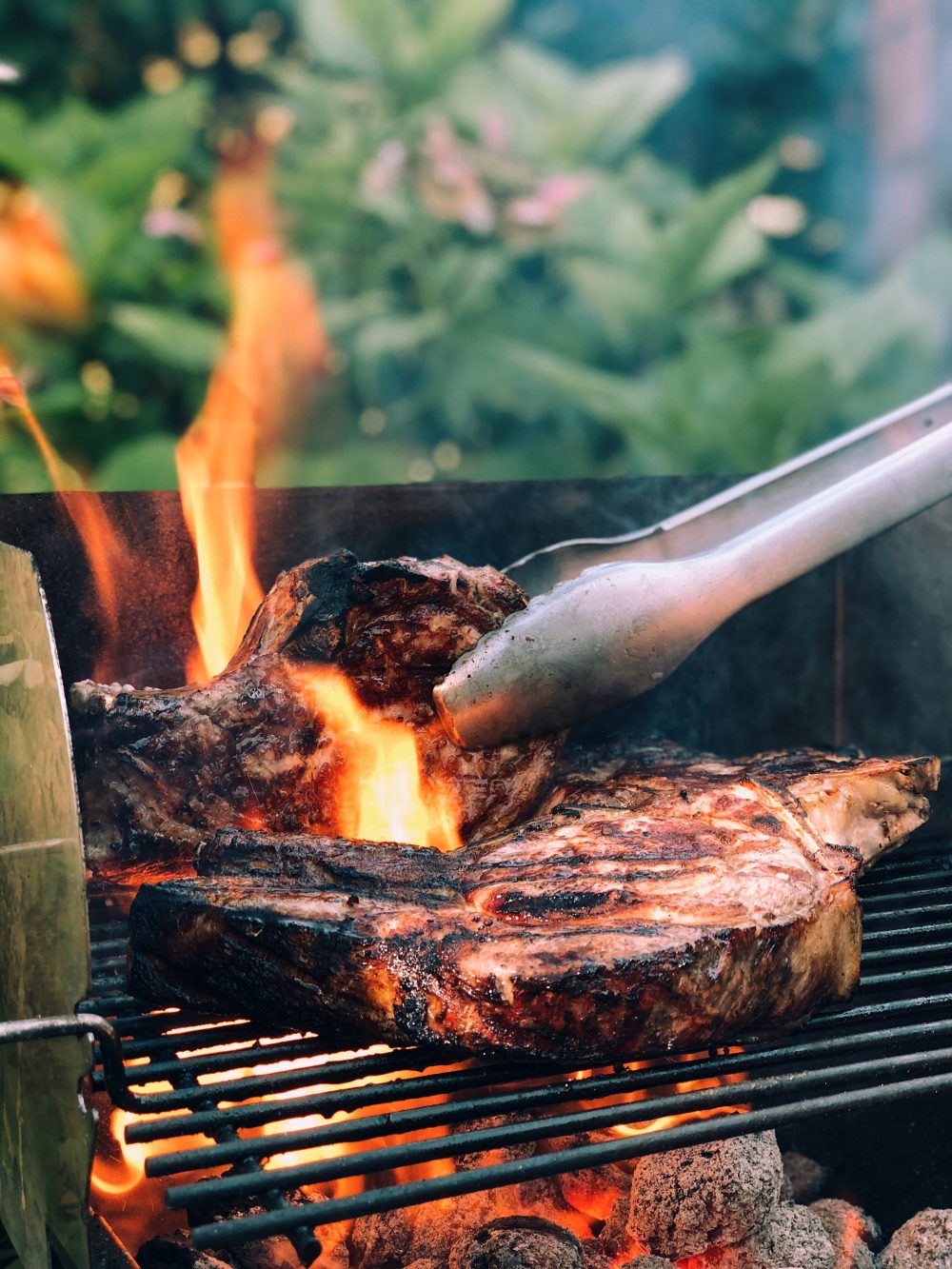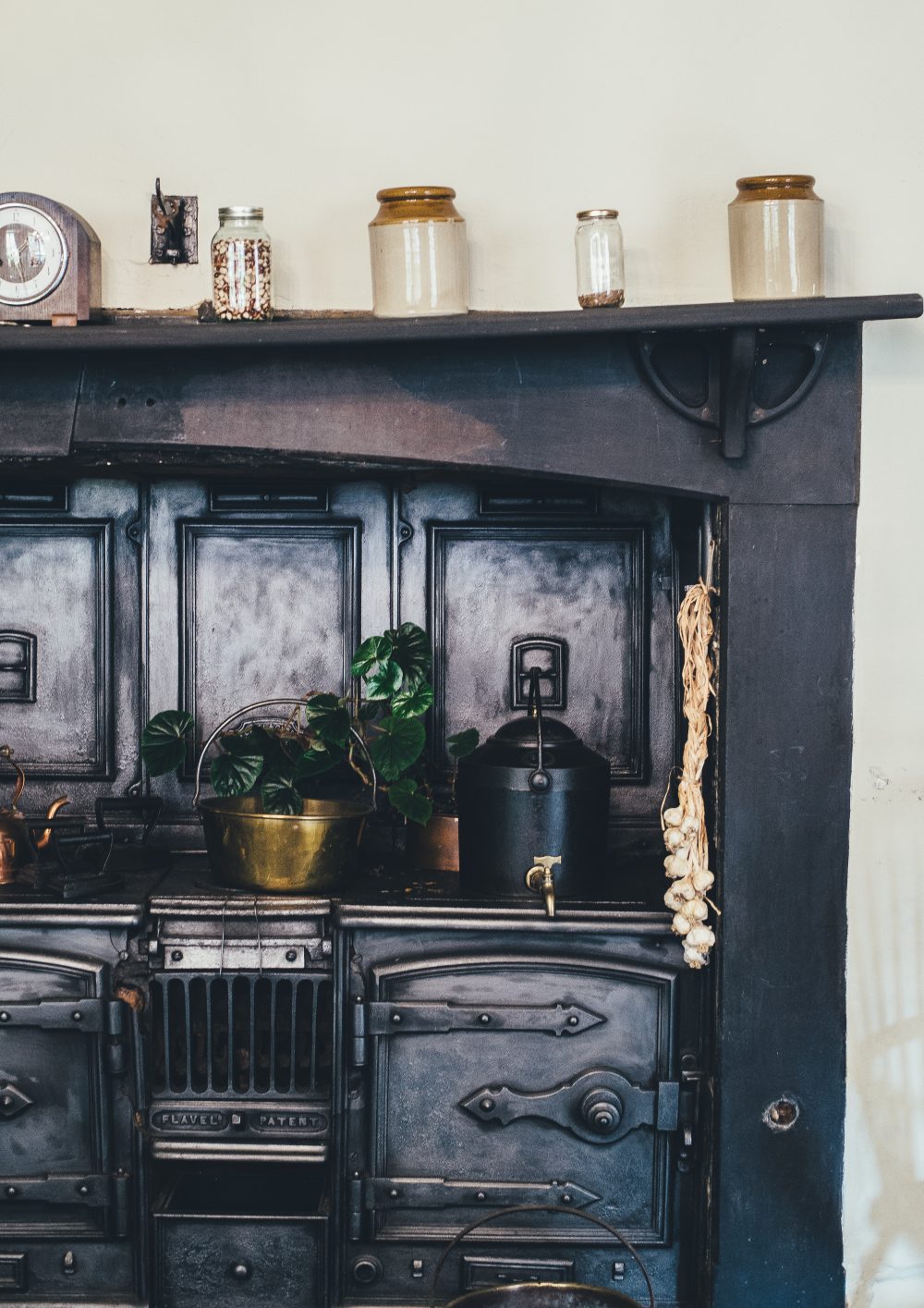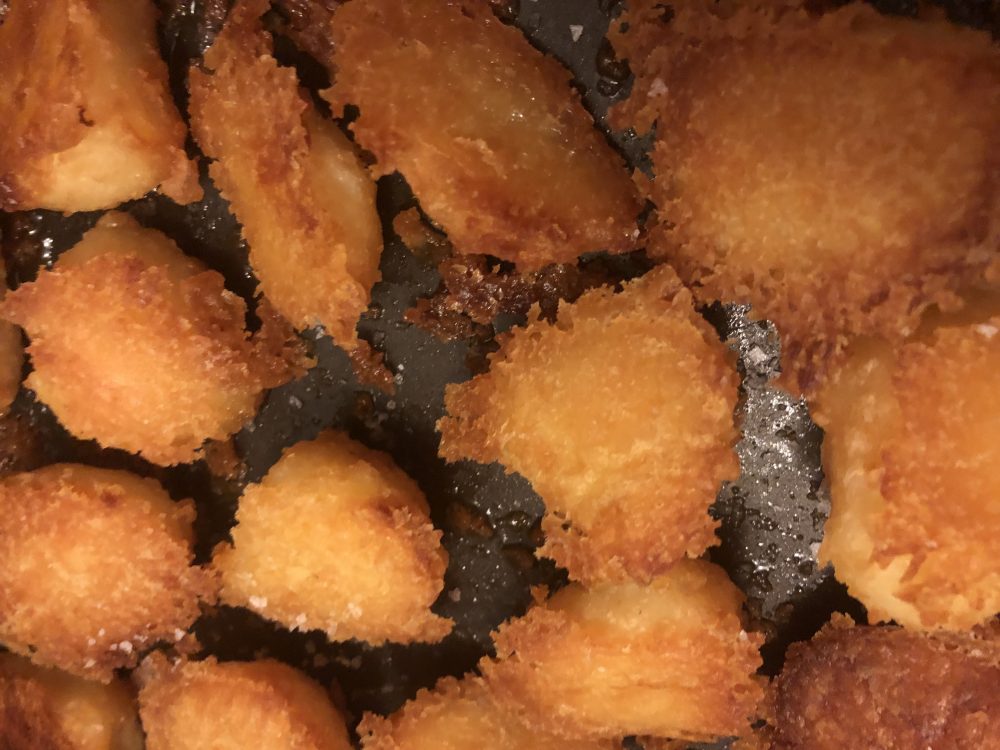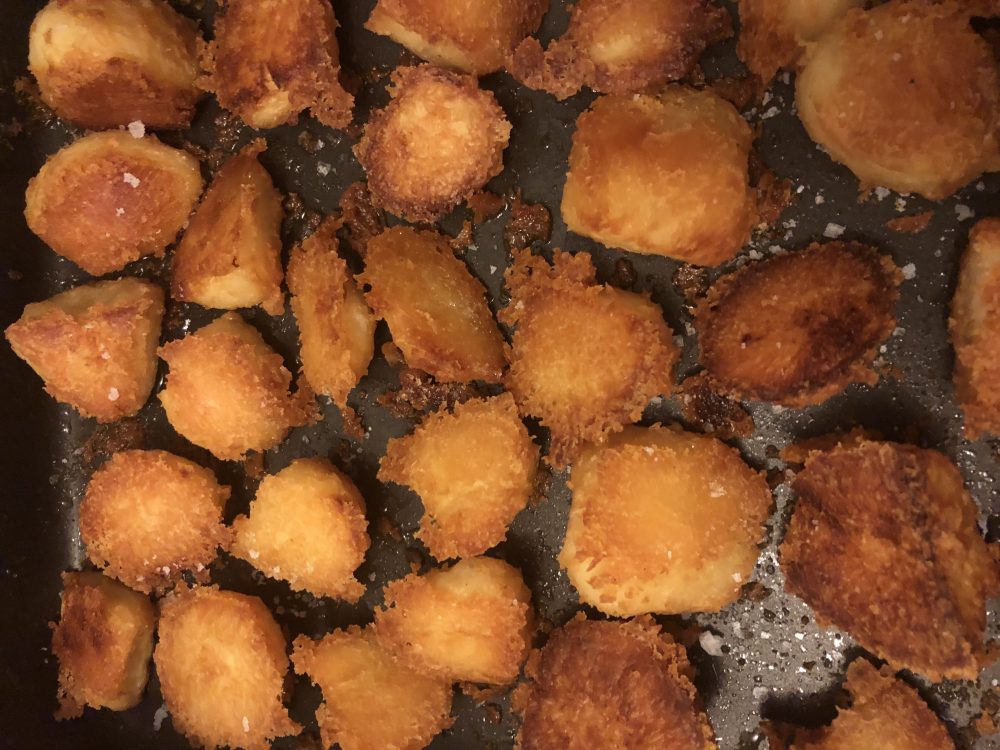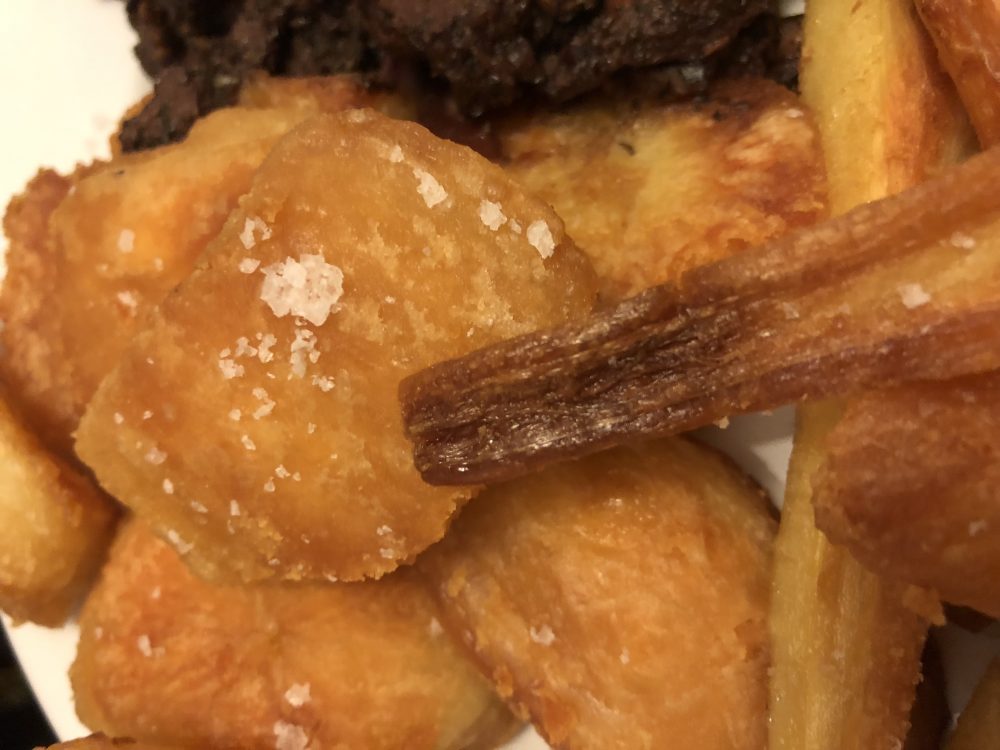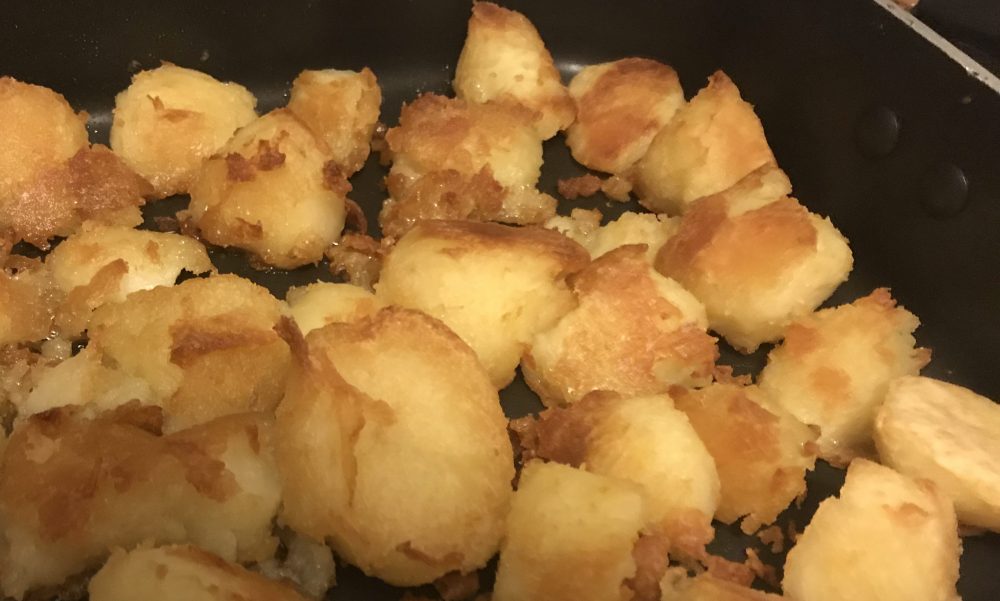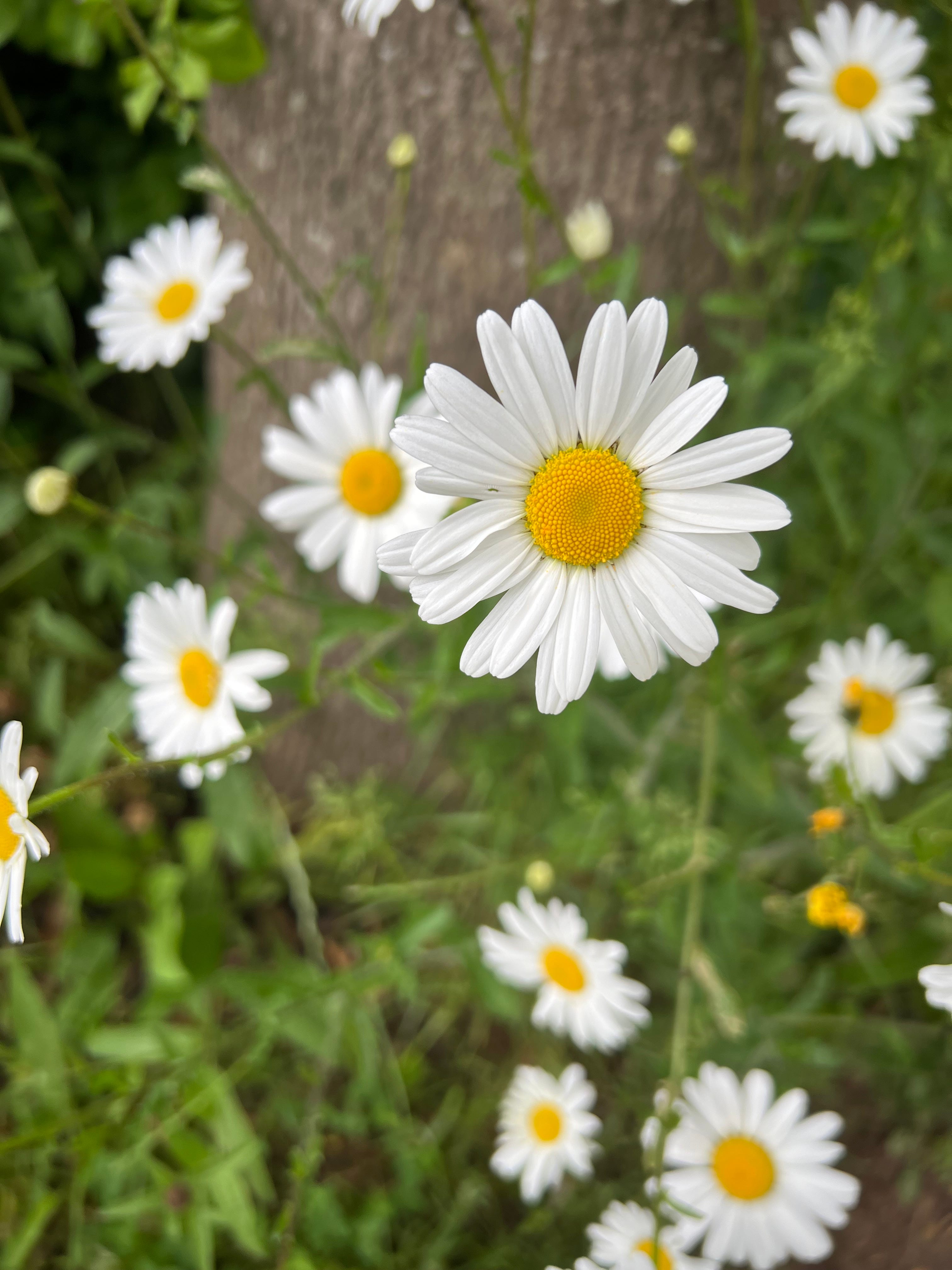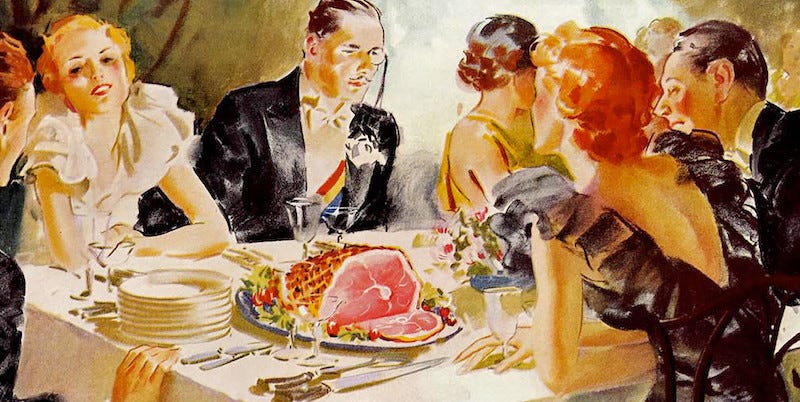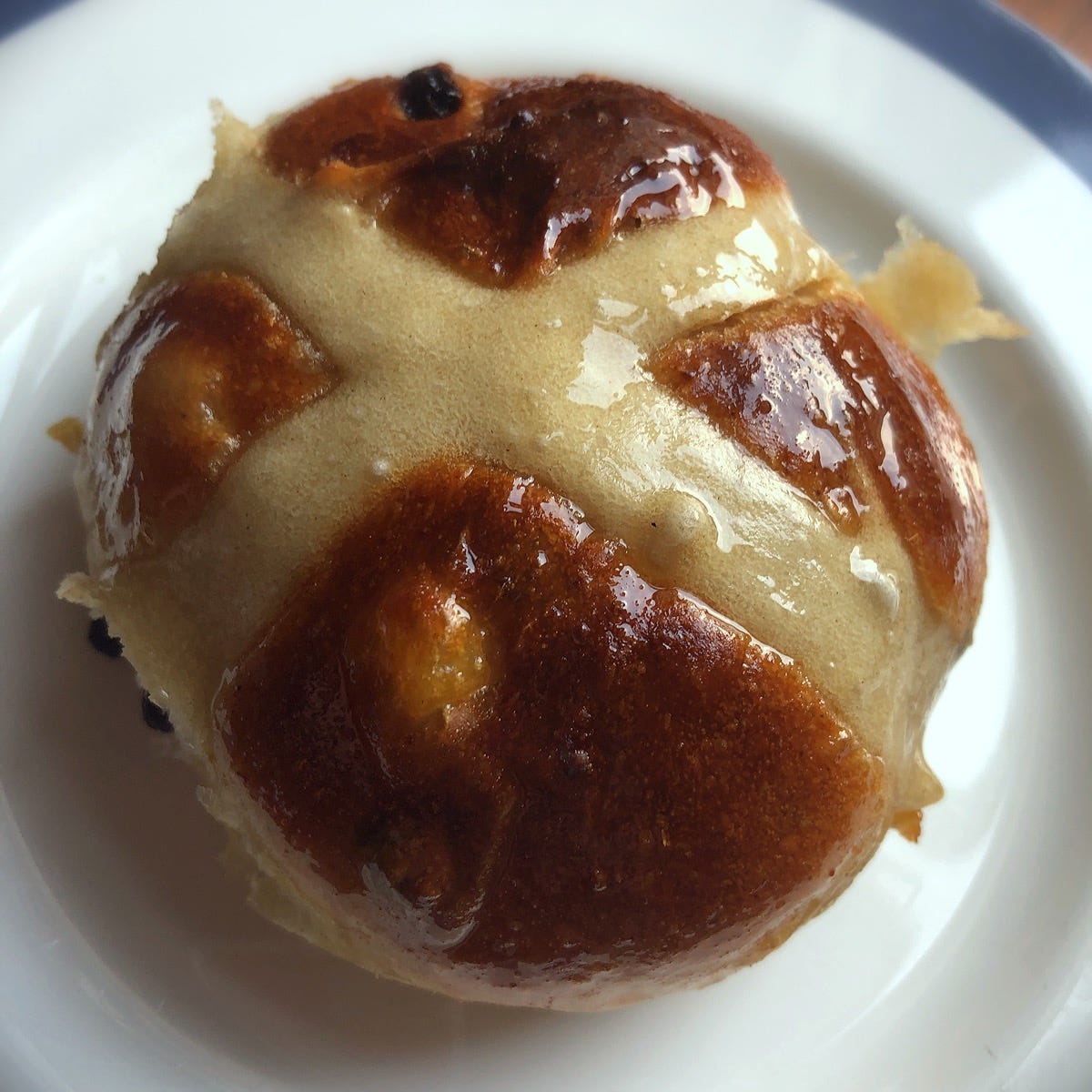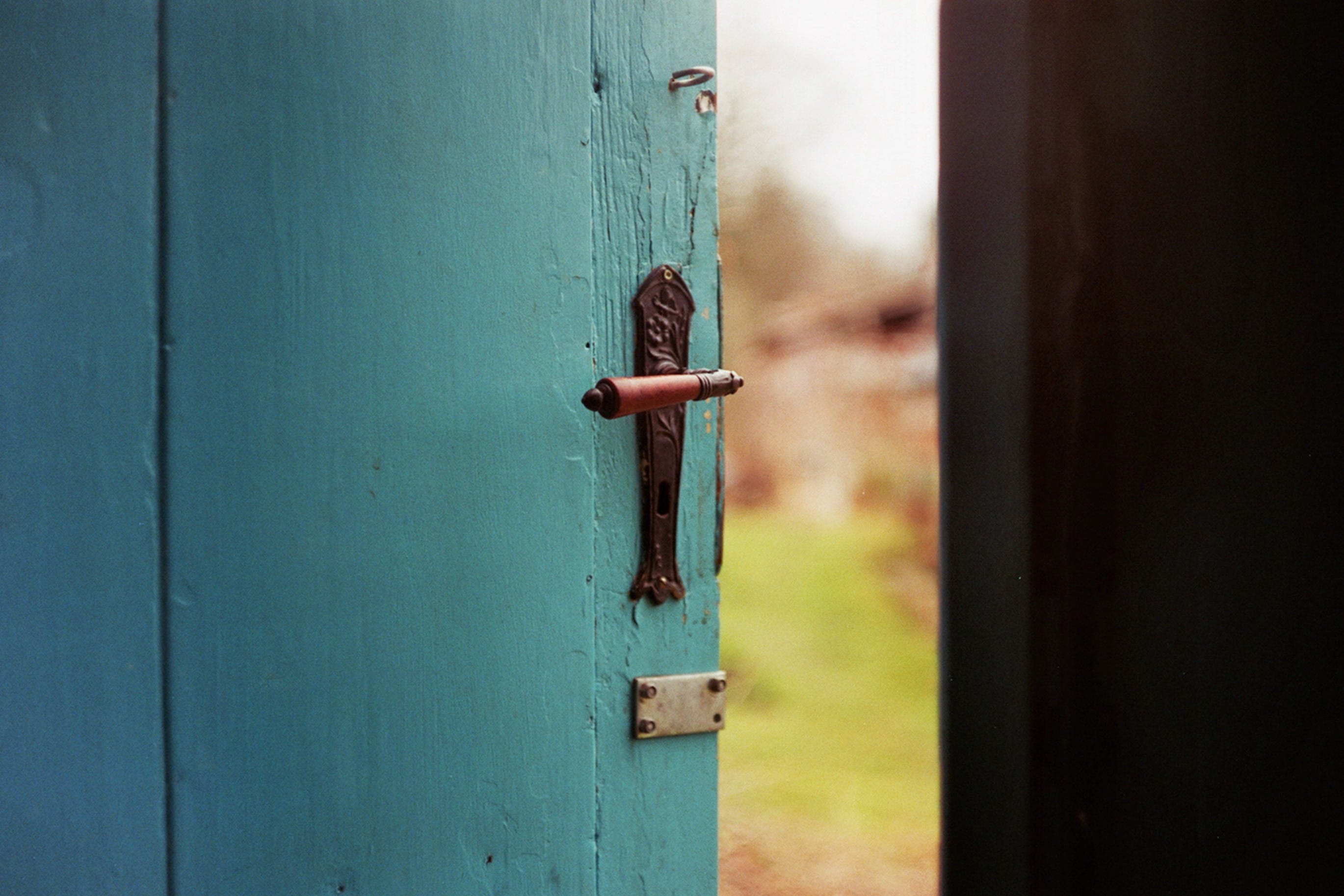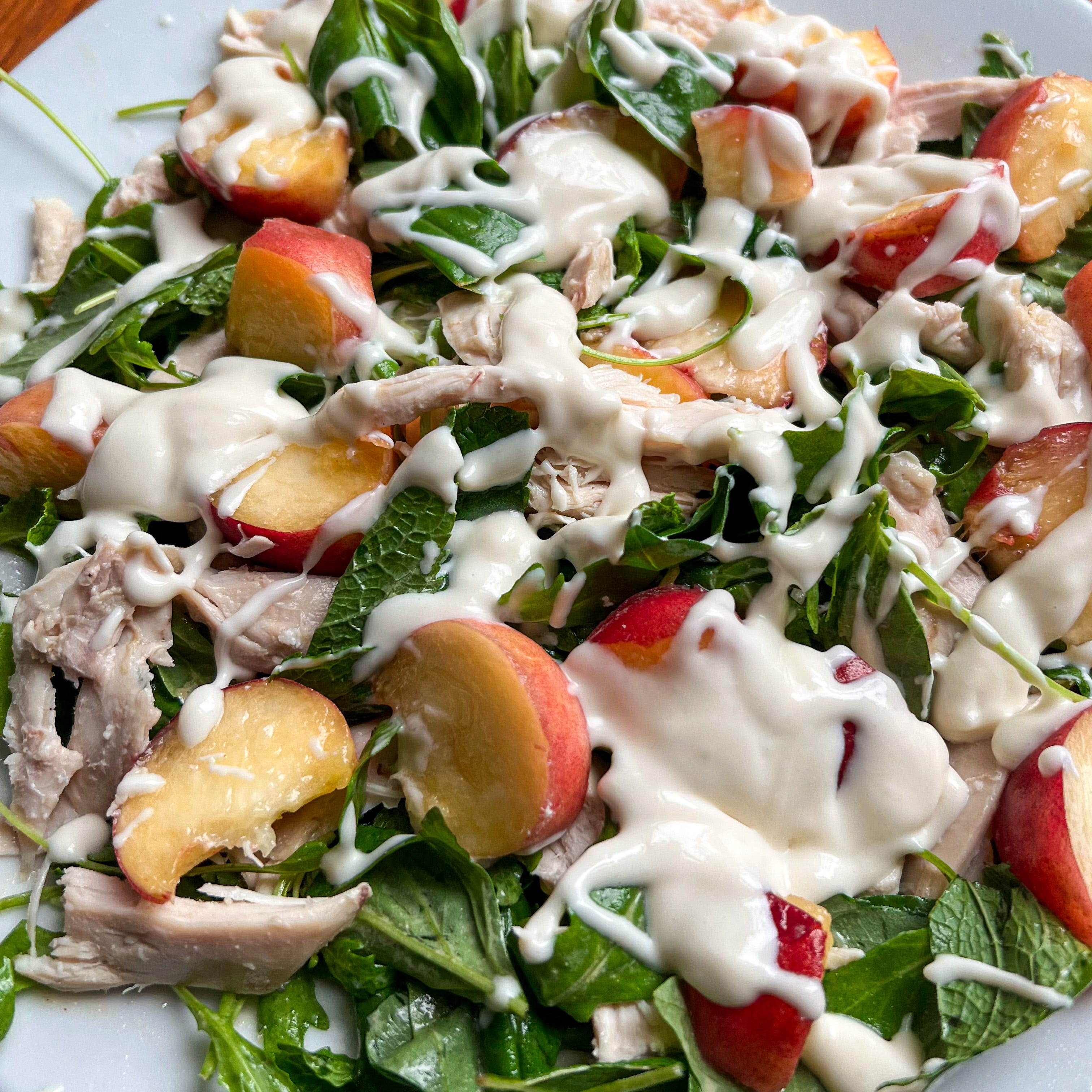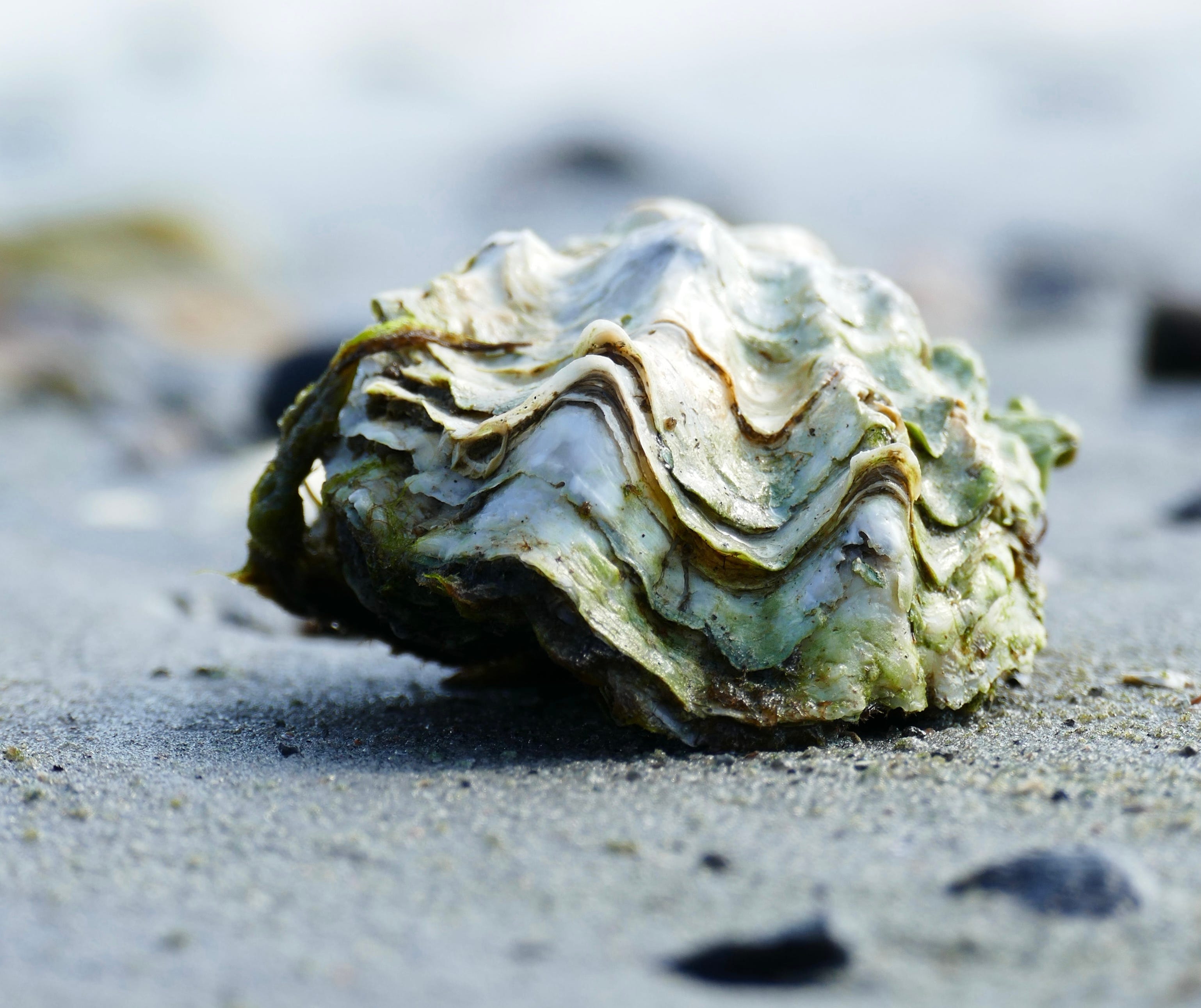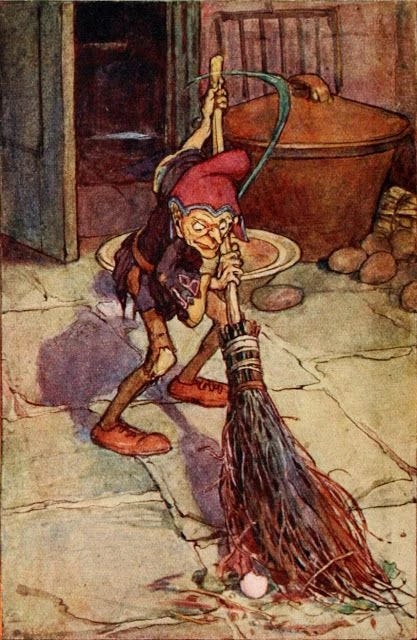Roast, steamed, mashed or boiled?
Can you imagine a Sunday roast without the potatoes? You might even be one of those wonderful people who thinks there should be more than one type. Whether you like to get in as much potato variety in as possible in one meal or prefer to focus on the perfection of a crispy, craggy roast potato with its meltingly soft middle; I think you’d agree that the roastie is a key item in an iconic roast dinner.
There are even establishments where you don’t even need to bother with the meat, you can just have a big bowl of roast potatoes and some gravy to dip them in.
Consider the cauliflower
There are newcomers which I’m sure you’d be pleased to find space for on a roast dinner: maybe a rich, bubbling cauliflower cheese which reaches ambrosial heights when it meets the gravy or perhaps (dare I say it) some broccoli who’s green, slightly bitter flavours cut through the sometimes overwhelming richness of this meal. However, you wouldn’t sacrifice the potatoes for either.
An interloper
This is really a long way to getting around to breaking some bad news. I can barely bring myself to do it but brace yourselves: the roast potato is not even as old as a side dish of broccoli in culinary terms!
There are several reasons for this. Firstly, in culinary terms roast doesn’t really mean what we think it means*. The cooking technique we use now for our roast dinner is actually baking. Roasting really means cooked in front of or over a fire which accidents aside, is not how we now cook that mouth-wateringly rare rib of beef or plump breasted, crisply burnished chicken. Secondly, we weren’t that keen on potatoes when they first showed up, preferring to attempt to smoke them rather than eat them. Thirdly most people just didn’t have ovens or certainly not as we know them. It wasn’t until the Victorian range that most ordinary people had access to an oven where the roasting (baking really) could take place.
No place in history
The closest mentions we can get from The Complete Housewife or Accomplished Gentlewoman’s Handbook in 1773 is a boiled potato that is left to brown on a gridiron next to the fire and then served with melted butter. Obviously, butter makes everything better but it isn’t quite the roast potato we now lust after. Potatoes weren’t even mentioned in the Accomplish’d Housewife of 1732 except in a pudding so at least progress was being made. The Art of Cookery Made Plain & Easy of 1751 also suggests cutting them in half after boiling and peeling them and then broiling them. There’s not even a mention of them from Eliza Acton although she does suggest many other potato-based dishes.
There are mentions of Franconian potatoes in American cookbooks of the Victorian period. They call for par-boiled potatoes to be placed around the joint in the oven and then be basted with the fat. This is the closest I could find to the modern idea of roast potatoes.
Finally the recipes
It also brings me to the first of my recipes, roast potatoes cooked around a roast chicken. The potatoes soak up all the juices and fat from the chicken and then are finished off to crispy perfection in an extra hot oven whilst the chicken takes a well-earned rest. Caution, this recipe requires as substantial amount of butter and the best chicken you can afford (the best value for the fairest treatment bird I can find is a free-range one from Aldi that comes in at around £6)
- 90g/3½oz butter softened
- salt and freshly ground black pepper
- 1 lemon
- 1 x 1.75kg/3½lbs chicken
- 4 large potatoes Maris Pipers or King Edwards, peeled
- Bulb garlic broken into cloves in their skins
- Olive oil enough to drizzle over your potatoes
-
Preheat the oven to 220C/200C Fan/Gas 7.
-
Place the chicken into a roasting tin and rub the butter all over the outside of the chicken keeping back a little to dot over the potatoes.
-
Cut the potatoes into 4 to 6 pieces dependent on how big your potatoes are and nestle around the chicken and put garlic cloves in the gaps.Dot with remaining butter and a drizzle of olive oil.
-
Cut the lemon in half and squeeze lemon all over the chicken and the potatoes then put the squeezed halves inside the cavity. Sprinkle salt and pepper all over the tin.
-
Place the tin into the preheated oven. Roast for 15 minutes, then turn the heat down to 190C/170C Fan/Gas 5 and roast for a further 45 minutes, basting the chicken with the juices from the pan occasionally (you will need to add some time if your chicken is bigger).
-
When the chicken is golden-brown and cooked through (pierce the chicken at the thickest part of the thigh – the juices should run clear or be at least 79C on an instant read thermometer), remove the tin from the oven and take the chicken from the tin onto a plate. Cover with foil and allow to rest.
-
Turn the oven back up to 220C, stir the potatoes around in the juices and then put the tin back in the oven for at least 15 mins. You might want to add longer if you like them even crispier, its completely up to you.
-
To serve, carve the chicken and pile the slices onto serving plates and dish up the potatoes (they made need a little extra salt), squeeze out any soft garlic remaining from the cloves around the chicken onto the slices.
My second recipe is completely vegan and comes from the anti-poverty campaigner and hero of the well-priced meal: Jack Monroe. It has a very different approach to most roast potato recipes which usually require a high cooking temp and around 50 minutes to an hour to cook. Jack prefers a lower temp and a longer cooking time and the results are spectacular. The outsides of the potatoes are outrageously crisp and a little chewy and the insides are clouds of fluffy heaven. The recipe can be found here (with many other fantastic and yet still affordable recipes)
Now to the appliance of science, my third recipe is from the home of the Food Lab: Serious Eats. I have tried this with various British varieties of potatoes and both Maris Piper and King Edward work. My preference is for Maris Piper. I also used sea salt instead of kosher salt which we just don’t get here. These potatoes are sensational, if you want to find out the science behind this then read the article linked from the recipe.
*my first Princess Bride reference, yay me!
Credits & Further Reading:
The Accomplish’d Housewife Charles Carter, 1732
The Art of Cookery Made Plain & Easy, Hannah Glasse 1751
The Complete Housewife or Accomplished Gentlewoman’s Handbook E. Smith, 1773
Modern Cookery in all its Branches, Eliza Acton, 1845

